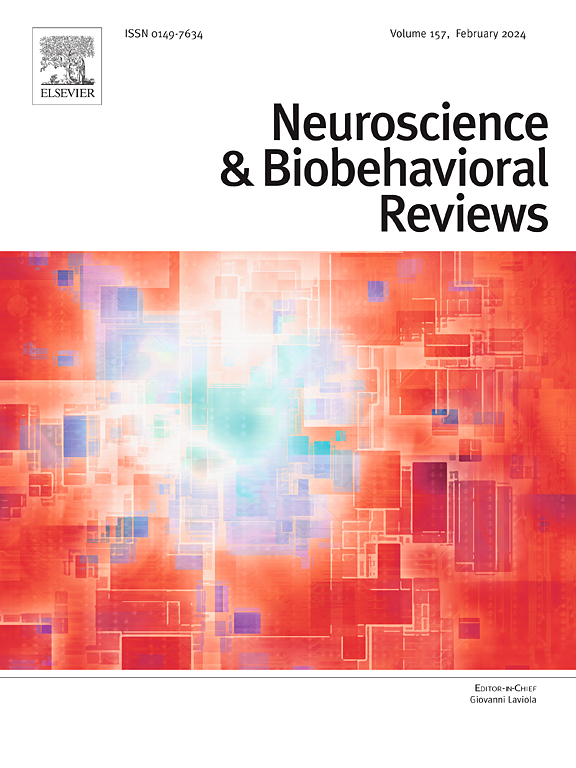Vertical and horizontal space-valence associations: A meta-analysis
IF 7.5
1区 医学
Q1 BEHAVIORAL SCIENCES
引用次数: 0
Abstract
Previous research found associations between lower vs. upper space and negative vs. positive stimuli correspondingly (vertical Space-Valence Associations, SVAs) and between the left vs. right side and negative vs. positive stimuli correspondingly (horizontal SVAs). We conducted a comprehensive meta-analysis of SVAs for both dimensions in behavioral studies. We tested the robustness of SVAs and examined factors potentially modulating them: participants’ culture, handedness, gender, age, the exact valence domain under study, the experimental task, type of stimuli, publication year, and statistics used. Articles were extracted from Web of Science, PubMed, and ScienceDirect in February 2021. Overall, 91 articles with 199 experiments and 21,951 participants were included in the final analysis.
We found robust evidence of SVAs in vertical (r = .440, k = 111 experiments) and horizontal dimensions (r = .310; k = 88 experiments), with little evidence for literature biases. The distribution of effect sizes was highly heterogeneous, even after subgroup analyses, which indicates unidentified factors varying across studies. Experiments on vertical SVAs explicitly asking participants to evaluate valence showed larger effect sizes than experiments where valence remained task-irrelevant. There was a robust effect of handedness on horizontal SVAs: Participants associated positive stimuli with the side of their dominant hand. There was also some evidence of cultural influences on the horizontal SVAs.
Overall, our meta-analysis revealed a hierarchy of factors modulating activation of SVAs, which includes both situated and embodied factors. It is, therefore, essential to focus on specific concept categories and contexts rather than consider abstract concepts in general.
Public significance statement
This meta-analysis revealed medium effects of space-valence associations: Upper/right space is associated with positive and lower/right space with negative concepts. On the vertical dimension, this effect is modulated by valence being task-relevant, e.g., directly asking people about valence results in stronger associations. For the horizontal dimension, left-handers robustly showed a reversed effect (i.e., left is good); horizontal space-valence associations might be even stronger in non-Western countries.
求助全文
约1分钟内获得全文
求助全文
来源期刊
CiteScore
14.20
自引率
3.70%
发文量
466
审稿时长
6 months
期刊介绍:
The official journal of the International Behavioral Neuroscience Society publishes original and significant review articles that explore the intersection between neuroscience and the study of psychological processes and behavior. The journal also welcomes articles that primarily focus on psychological processes and behavior, as long as they have relevance to one or more areas of neuroscience.

 求助内容:
求助内容: 应助结果提醒方式:
应助结果提醒方式:


